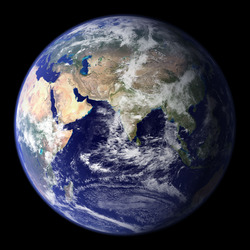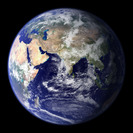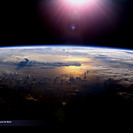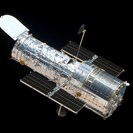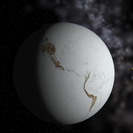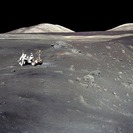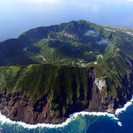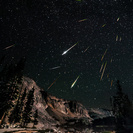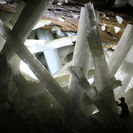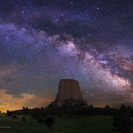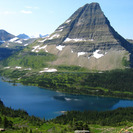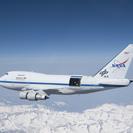If you could design your own planet in order to be a perfect place for human life, what would it look like? Well, certainly it should be the right distance from the star it orbits. For every type of star, from the smallest and coolest to the biggest and hottest, there is a distance range in which water will be liquid. If it gets too hot the water will evaporate, if it gets too cold all the surface water will freeze. So let's place the planet in the habitable zone, also called the Goldilocks Zone or Comfort Zone. You would certainly want the planet to harbour water. This water can be "delivered" by icy comets or by gases coming out of volcanoes. You would also like to have the right amount of water; not too little so that you get a desert planet and not too much water so that you get an ocean planet; a planet whose surface is completely covered with water. Certainly, ocean planets can also evolve complex life; in fact life on earth was first developed in the oceans. But for us human beings, an ocean planet would not be the first choice.
Finally you would want to have some smaller "nice to have" features that have a positive effect on our evolution: huge gas planets further out in the planetary system in order to attract most of the killer asteroids, a big moon in order to keep the axis of the planet stable and the right distance of the planet from the galactic centre. A planet too close to the galactic centre will suffer from all the negative impacts, such as a high supernova rate which could wipe out almost all life if one occurs too close. Too far out from the centre of the galaxy the number of supernovae is so low that there might not be enough heavy elements to form planets. Even though the impact of the distance from the galactic centre on the formation of complex life is not yet fully clear, we know for sure that in the middle of the galactic plane the circumstances are good enough.
Our Earth fulfils all the aspects of being a perfect home planet... at least for the life forms that live here. There will be other combinations that favour different forms of life. Searching for life on extra-solar planets (or exoplanets for short) is one of the biggest challenges in the fields of astronomy and astrobiology. And within the next years we will have new telescopes that could prove that other planets harbour life too.

